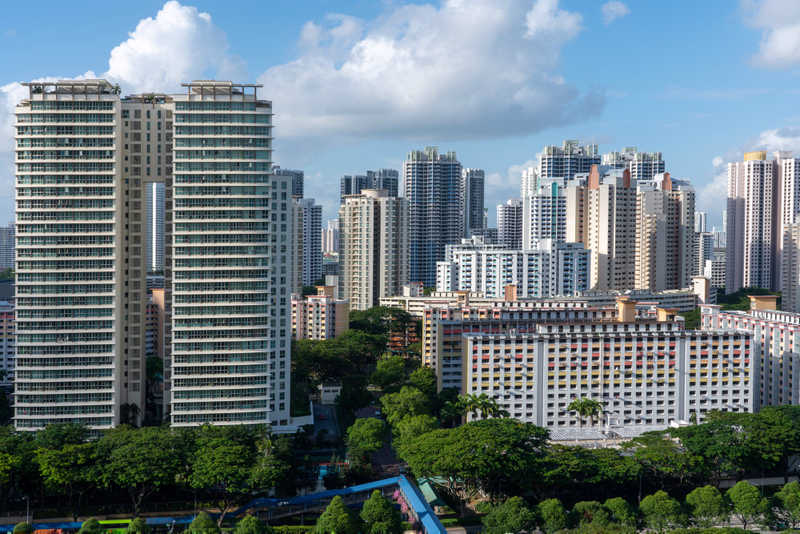New land use policy favors investors in Chennai port
 The Chennai port which was formerly known as the Madras port is the second largest port in India and the largest port on the Bay of Bengal Sea. It is about 125 years old and the third oldest port in the country.
The Chennai port which was formerly known as the Madras port is the second largest port in India and the largest port on the Bay of Bengal Sea. It is about 125 years old and the third oldest port in the country.
How is the policy helpful to investors?
Recently a new land use policy was introduced by the Government which will allow port authorities to make up the lost revenue in the past time due to stalled coal and iron ore. The new policy will allow longer lease for public and private institutions in the lands that belong to the port. The policy was notified few weeks earlier on January 16th. The policy will help revive the long term projects of the beach for yacht and sports. Lot of investment are expected to be made on these projects and also container handling, other infrastructures and tourism.
Recovering lost revenue:
The new land use policy will allow the investor to lease the land near the port for 30 years period. It is expected to boost the confidence of the investors in infrastructure, tourism. Oil companies, automobile companies, private investors are expected to lease the land. About 300 acres of land which is 50% of the total area owned by the port is along the shoreline. This new confidence from the investors and the new land policy which allows lease for longer period of time unlike the other ports in India is expected to promote and create a demand for the investors in the Oil companies and other industries as well. The expectation is that 230 acres inside and 40 acres outside will be allotted for the developers for the infrastructure development. This move will recover about 200 to 250 crores which the port lost after the stall in coal and iron ores.
Development of infrastructure:
The port till now is facing difficulties in infrastructure developments. The location of the port is the main reason. The proximity of the port to defense establishments, archaeological and heritage structures has been a big barrier. The new land use policy will help the investors to utilise vacant unused land.







